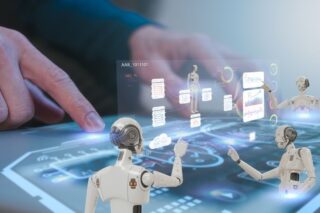As AI continues to make inroads into the industrial sector, many companies are eager to harness its potential for greater efficiency, predictive maintenance, and quality control. However, integrating AI successfully comes with challenges. Here are four common—and costly—mistakes to avoid when choosing your first industrial AI solution.
AI is flooding into industrial spaces—predictive maintenance, visual inspection, supply chain forecasting. Everyone wants in. But choosing the wrong solution can result in tech debt, failed integrations, or worse—lost trust from the teams on the ground.
Here are the four most common mistakes—and how to avoid them.
Mistake #1 – Choosing a Solution Without a Clear Use Case
Diving into AI without a well-defined objective often leads to wasted resources and unmet expectations. It’s essential to identify specific problems AI can solve within your operations. If your team can’t clearly explain the problem AI is solving in a single sentence, you’re not ready.
AI must address a precise pain point. For example, Honeywell’s Forge Production Intelligence Assistant enables plant managers to quickly access production insights via natural language prompts. It helps visualize, analyze, and troubleshoot asset performance issues.
Dr. Claudia Chandra, Chief Product Officer at Honeywell Connected Industrial, shared how one client used the tool to reduce yield variation in a crude unit and optimize a high-value product:
“They were able to reduce the time to identify and resolve these yield variations by 90%—down to less than one shift, compared to the previous 120 hours. The annual benefit in improving production throughput could amount to millions of dollars for a complex food processing unit.”
Explore our article on co-pilots
Moreover, AI-powered visual inspection systems are proving invaluable in quality control. According to the American Society of Quality (ASQ), defects can cost manufacturers around 20% of their overall sales revenue. Companies like UnitX Labs have developed AI systems that significantly reduce inspection times and defect escape rates. In a recent case study, UnitX’s AI scanned one battery cell every 3.5 seconds, compared to the five minutes required by human operators, reducing undetected defects by a factor of 10 and halving false rejection rates.
Explore our article on AI-powered vision tools
If you can already see where AI will help improve productivity or reduce downtime, you’re on the right path.
Mistake #2 – Ignoring Your Existing Data Infrastructure
AI systems rely on clean, high-quality, real-time data. If your data is stuck in PDFs or siloed legacy systems, AI won’t deliver. Industrial environments often have fragmented and inconsistent data, which can severely hinder AI performance.
A common oversight is underestimating how long it takes to prepare a data lake or historian. But it’s critical to get this right.
Cédric Kalifa, VP Sales WER & France Country Manager at PTC, explains:
“The generative AI revolution in manufacturing will only succeed if companies ensure AI has access to business-specific data and processes. The relevance of AI output directly depends on the quality of the input.”
To get there, involve your OT and IT teams early in the process. Ensure systems for data collection and management are in place before deploying AI.
Mistake #3 – Buying Tech Before Building Trust
Ignoring the human side of AI adoption can lead to resistance and underuse. Operators and technicians need to understand and trust AI systems. If the plant manager doesn’t buy in, it doesn’t matter how smart your AI is—it won’t be used.
For Dr. Gleb Tsipursky, CEO of the future-of-work consultancy Disaster Avoidance Experts,
“A common challenge with GenAI adoption is resistance to change, especially from employees unfamiliar with the technology. Many experience automation anxiety—the fear of being replaced. Leaders must clearly communicate the benefits and share success stories of internal upskilling.”
Transparent AI models that explain their decision-making can boost trust and foster collaboration. Involving operators early in the process helps ensure adoption.
At a legal firm he supported, concerns about AI replacing jobs were addressed by organizing open discussions on ethics and setting up performance-monitoring systems. The result?
“This approach included setting up systems for monitoring AI tool performance and gathering feedback from the legal team. The firm experienced a 30% improvement in research efficiency, enhancing data accessibility without any job losses.”
Tip: Start with one production line. Prototype. Gather feedback. Scale later.
“Establishing a supportive environment is key to encouraging experimentation and learning. Create a culture where AI experiments are encouraged, and failures are viewed as opportunities.”
Explore our other articles on GenAI and how to implement it in your organization
Mistake #4 – Believing AI = Full Autonomy
AI isn’t magic. It’s a co-pilot, not the pilot. Many newcomers expect AI to run operations autonomously, but most solutions today are decision-support tools. When AI and human intelligence are combined, results improve.
Anat Baron, strategic advisor, puts it this way:
“More than 25% of all new code at Google is written by AI—and then reviewed by engineers. We’re still the boss of AI.”
Cédric Kalifa echoes this collaborative approach:
“Generative design with AI is a dialogue between machines and humans, aiming to create lighter, stronger, cleaner components. The key isn’t whether AI is creative—it’s the quality of the collaboration. That’s where the real value lies.”
By avoiding these common pitfalls, companies can better position themselves to leverage AI technologies effectively, driving innovation and competitiveness in the industrial sector.
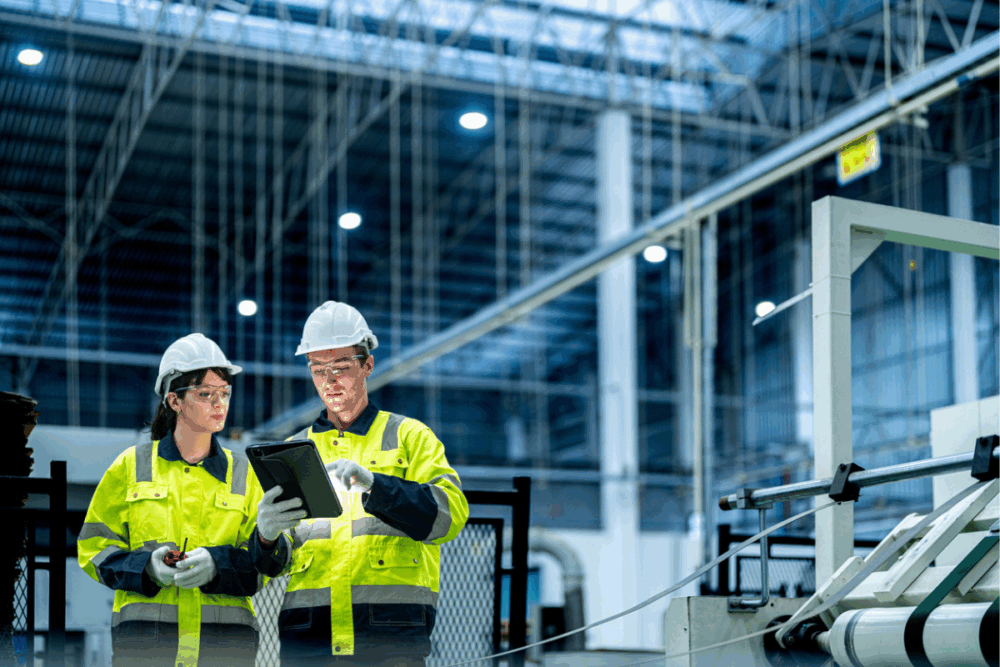

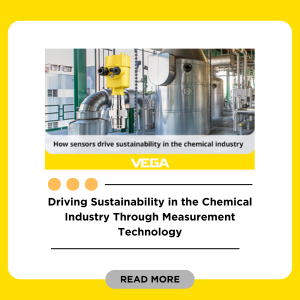

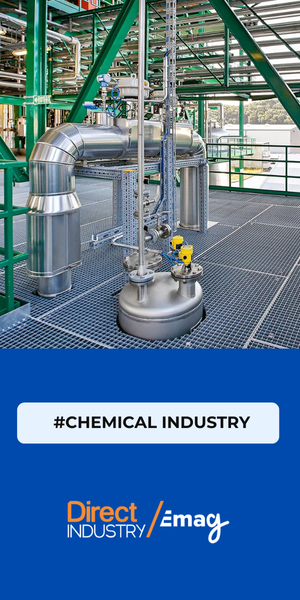

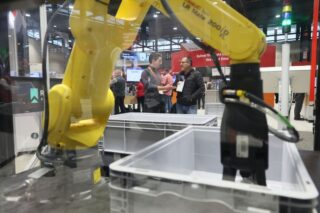
![Image [Buying Guide] How to Choose the Right AMR?](/wp-content/uploads/sites/3/AMR-320x213.jpg)
